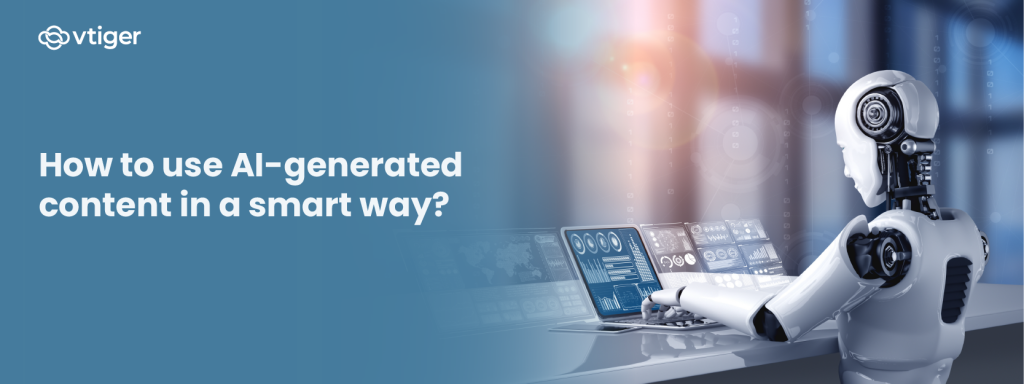AI-generated content, an progressive junction of artificial intelligence and creative appearance, has converted the landscape of content creation. That cutting-edge engineering employs innovative methods, device understanding versions, and organic language control to make prepared, visual, and sound content autonomously. From articles and blog posts to marketing duplicate and actually audio lyrics, AI has changed into a strong force in producing varied forms of content with remarkable precision and efficiency.
Among the main benefits of AI-generated content lies in its capability to streamline this content development process. Automatic formulas may easily analyze large amounts of data, recognize designs, and generate defined and contextually relevant text, saving lots of time for material creators. That performance is very important for corporations and media stores looking to produce high sizes of material in a reasonable manner.
AI-generated content isn’t limited by pure text; it reaches visual and audio realms as well. Generative versions can cause sensible photos, style artwork, and actually create music. That flexibility opens up new opportunities for multimedia material manufacturing, empowering creators to explore diverse kinds of phrase and engagement.
The technology behind AI-generated content has evolved to the stage where it may imitate the subtleties of human language and publishing styles. Sophisticated organic language handling types, such as OpenAI’s GPT-3, are capable of providing text that tightly emulates individual publishing, which makes it tough for readers to detect whether a bit was crafted by a device or even a human. That raises fascinating questions about the ongoing future of authorship and the honest factors bordering AI-generated content.
While AI-generated content presents performance and scalability, there are continuous discussions about its impact on the task industry for human writers and creators. Some fight that AI may match human creativity, giving motivation and actually collaboration. The others express considerations about potential work displacement and the need for ethical recommendations to govern the usage of AI in material creation.
The usage of AI-generated content is common in several industries, from e-commerce and advertising to literature and entertainment. Corporations deploy AI to generate customized marketing replicate, optimize website material, and improve customer engagement. Media organizations experiment with AI instruments to automate information publishing and produce reports on data-driven topics. In the leisure industry, AI has been applied to compose music, create programs, and also produce whole virtual characters.
Despite its developments, AI-generated material is not without challenges. The technology may battle with situation understanding, and there is a risk of generating partial or misleading data on the basis of the data it was experienced on. Ethical criteria around plagiarism, reliability, and transparency also arrived at the forefront, requesting careful oversight and responsible usage of AI-ai content creation tool content in a variety of contexts.

As AI-generated content continues to evolve, it prompts a reevaluation of the functions of individual imagination and device intelligence in the creative process. It challenges old-fashioned notions of authorship, raises moral concerns, and sparks interactions concerning the collaborative potential between humans and AI in material creation. The continuing growth of this engineering supports the promise of reshaping how we produce and eat up content in the electronic age, ushering in an era where creativity is augmented by the functions of synthetic intelligence.
